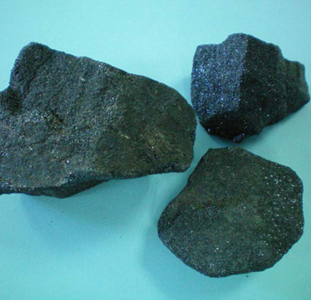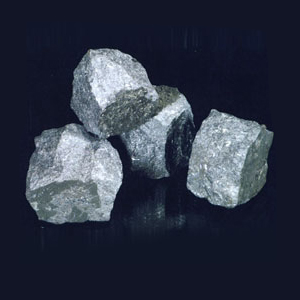South Africa’s position as the number three supplier of iron-ore to China emphasises the strategic importance of iron-ore deposits in the country and its importance as a significant iron-ore contributor worldwide, says minerals adviser Venmyn Deloitte MD Andy Clay.
He adds that this is testimony to the rapid historical development of South Africa’s iron-ore mines, in conjunction with the South African government’s infrastructure development.
South Africa is the seventh-largest producer of iron-ore and has also traditionally been the fourth-largest exporter worldwide. The country increased the percentage of iron it exports because of the suspension of mine operations in Goa, India, in September 2012 , owing to contraventions in terms of mining without licences or beyond licensed areas.
As a result, the global demand that Goa’s iron-ore mining operations used to meet can now be met by South Africa, in addition to other producers, such as Australia. “One of the factors that enables South Africa to export so much ore is the efficient Sishen iron-ore rail line,” notes Clay.
Opened in 1947, the Sishen mine is iron-ore supplier Kumba’s flagship operation and one of the largest openpit mines in the world. It has sufficient resources to sustain 21 years of production. It operates 24/7 and, in 2011, it transported 38.9-million tons of iron-ore.
Most of the Sishen mine’s iron-ore was exported in 2011, with about 6.2-million tons of its production being supplied to steel and mining company ArcelorMittal South Africa that same year, mining giant Anglo American reports.
He highlights that South Africa is an important supplier to those who wish to diversify supply or who value the blending opportunities that South African ore provides. “In South Africa, specific obstacles that inhibit exports include capacity constraints on the Sishen iron-ore line,” he notes.
Clay says that, while South Africa has substantial iron-ore resources, it is unlikely that the country will become the number one exporter of iron-ore to China, as Australia has greater iron-ore reserves and production, as well as geographical dominance, owing to its proximity to China.
India also has a geographical advantage over South Africa in terms of exporting to China, while Brazil is also a strong exporter, as its ore is favoured over that of South Africa’s, owing ot the country’s lower phos- phorous content, says Clay.
“The iron-ore market is dependent on China and India. Iron-ore is a bellwether of economic growth and China has emerged as the biggest market for iron-ore, as a result of industrial growth,” states Clay.
The future size of the iron-ore market depends on global economics. “China appears to be focusing on the development of urban areas that are satellites to the major centres. If that urbanisation level continues to increase, driven by a requirement for employment and higher wages, steel demand and the associated demand for iron-ore will also increase,” he explains.
Clay adds that the international demand for iron-ore is driven by the largest steel producers in emerging nations, such as China. “The main producers of iron-ore are not necessarily the main exporters of iron-ore, since some of the largest producers are also the main users of their domestic supply of iron-ore.”
Copyright © 2013 Ferro-Alloys.Com. All Rights Reserved. Without permission, any unit and individual shall not copy or reprint!
- [Editor:editor]



 Save
Save Print
Print Daily News
Daily News Research
Research Magazine
Magazine Company Database
Company Database Customized Database
Customized Database Conferences
Conferences Advertisement
Advertisement Trade
Trade

















Tell Us What You Think